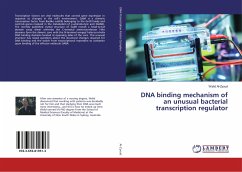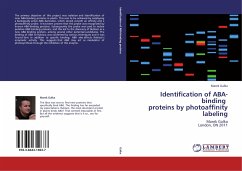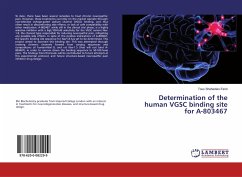
HIV1 Nef binding to hTE8 protein: insights from computational biology
Homology modeling, virtual protein-protein docking and Molecular Dynamics Simulation
Versandkostenfrei!
Versandfertig in 6-10 Tagen
32,99 €
inkl. MwSt.

PAYBACK Punkte
16 °P sammeln!
Human immunodeficiency virus (HIV) is a lentivirus (a member of the retrovirus family) that causes acquired immunodeficiency syndrome (AIDS), a condition in humans in which the immune system begins to fail, leading to lifethreatening opportunistic infections.HIV-1 Negative factor (Nef) is a protein essential for the metabolism of the virus. Here we investigate the interactions of NEF with one of its targets on infected human cells, the human thioesterase 8 (hTE8) enzyme. Homology modeling, virtual protein-protein docking and Molecular Dynamics Simulation experiments are carried out on the stru...
Human immunodeficiency virus (HIV) is a lentivirus (a member of the retrovirus family) that causes acquired immunodeficiency syndrome (AIDS), a condition in humans in which the immune system begins to fail, leading to lifethreatening opportunistic infections.HIV-1 Negative factor (Nef) is a protein essential for the metabolism of the virus. Here we investigate the interactions of NEF with one of its targets on infected human cells, the human thioesterase 8 (hTE8) enzyme. Homology modeling, virtual protein-protein docking and Molecular Dynamics Simulation experiments are carried out on the structural models of the enzyme and the complex respectively, with the aim of characterizing the putative interaction region. A plausible, albeit approximate, binding region is identified. The latter help interpret existing site directed mutagenesis data. Our calculations suggest also that the system largescale dynamics change upon complex formation.












